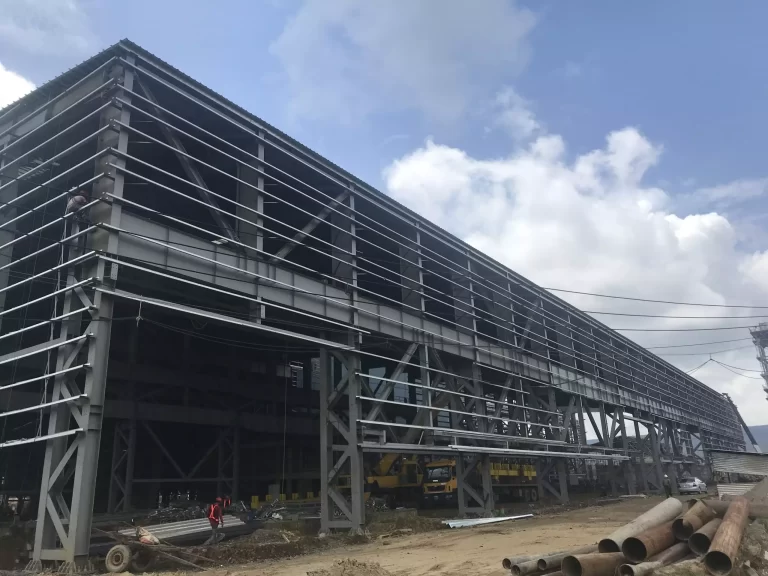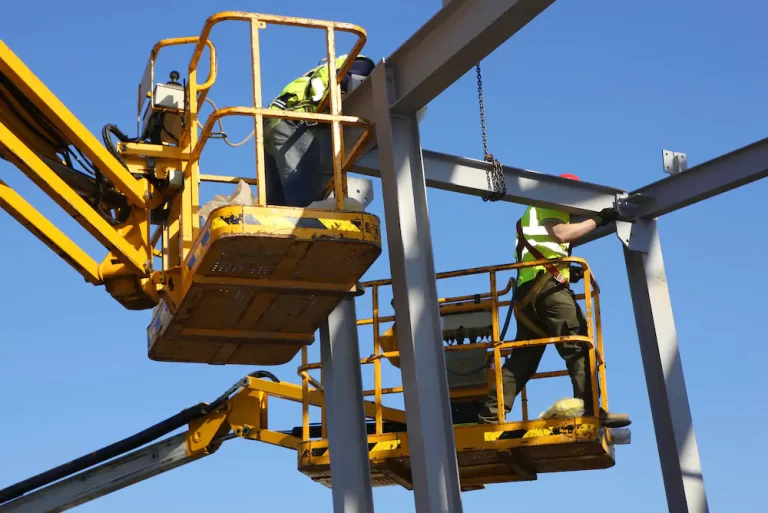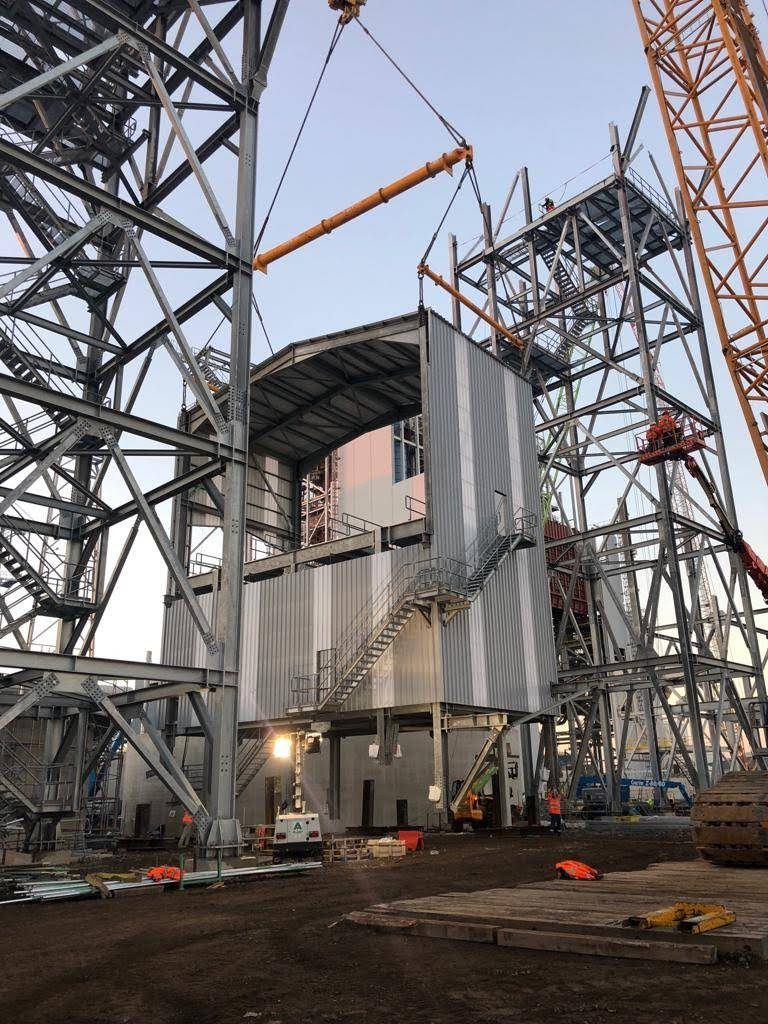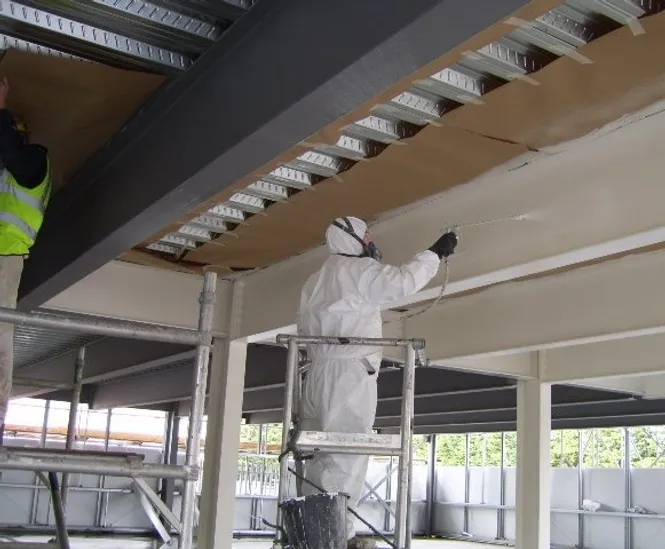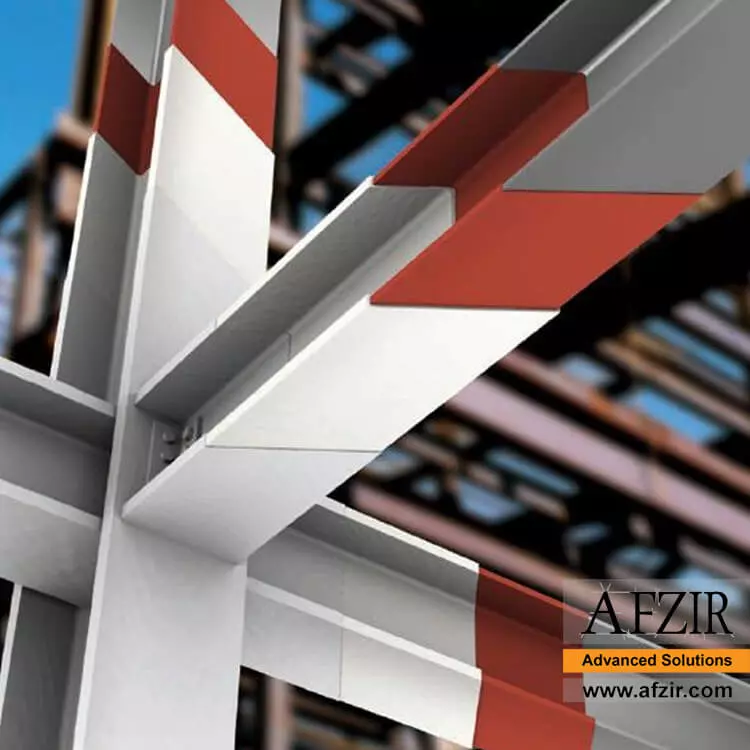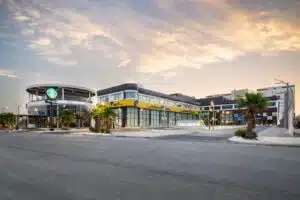When people think about the building process, they frequently picture massive machines meticulously constructing their new structures on job sites. But to get there, the team must put in a lot of work and teamwork. Although less noticeable, these activities are as important. In this article, we’ll examine the six essential steps required to transform your project from a concept into a usable educational institution.
Planning
One way to make the most of this time is through master planning with DTC. By considering all of the short- and long-term needs of the property from the perspectives of all the different users, master planning services may help you organize your thoughts and objectives. Getting expert assistance might provide you with new suggestions for utilizing your space and resources in unique ways that might not be immediately obvious.
Contrary to common assumptions, significant projects are not the only ones that use master planning. From modest renovations to medium-sized new construction, all projects may gain from master planning. It will enable you to make the most of your resources and guarantee that the new area you create meets the goals of your company or organization.
Pre-Construction
DTC carries out the following activities in the pre-construction stage of the design-bid-build model:
- Obtain funding approval.
- Inform local lawmakers, private sector employees, and city authorities.
- Adjust or make any extra plans for the construction location.
- To reduce any interruption, coordinate schedules with the neighborhood and private businesses.
- To determine any needs, perform an inventory of the equipment.
The customer makes any last-minute decisions and checks the steps after the procedure. The customer issues a Notice-To-Proceed for contractors to begin the following phase after these processes are finished.
Procurement
For the project stages to be completed on time, DTC collaborates with each contractor to create a baseline timeline throughout the procurement process. Because certain contractors’ responsibilities directly depend on other contractors, we carefully plan the project’s scope and stages. At this stage, team roles for the project are given, including managers, team leads, and others.
DTC also keeps track of components with long lead times that may result in project delays during the procurement process. Materials like steel, plumbing, and bridge beams have been kept on since they could take longer to arrive.
Construction
DTC arranges weekly, biweekly, or monthly review meetings with project stakeholders from both companies to keep the project on track. DTC also assesses the work done thus far and discusses future project objectives during these sessions.
Starting this phase is frequently something to celebrate after all the preparation that went into it! The project team, owner, and other stakeholders commonly attend a groundbreaking ceremony to mark the project’s beginning. Then the job will start! The construction team will supervise subcontractors, make sure the job is done correctly, maintain site security, and keep the team on schedule.
All other colleagues will still participate, even if the construction team and its subcontractors are primarily responsible. The design team will do quality checks to ensure the work being done adheres to their design and will be accessible to respond to RFIs (requests for information).
Commissioning & Owner Occupancy
The Commissioning phase, which begins after DTC completes construction, is where we inform anybody who will utilize the new site about the new features. For instance, if we constructed a brand-new office building, we would invite the office management and staff to a commissioning meeting.
Commissioning is done in two ways: vertically and horizontally. For the customer to use the building, the state legislature must provide a certificate of occupancy as part of vertical commissioning. Any unrelated elements not appearing during vertical commissioning are included in horizontal commissioning.
To get the customer ready to move into the new building, we transfer all building management to them during this period. We use this opportunity to address any last-minute inquiries. The project is then finished!


